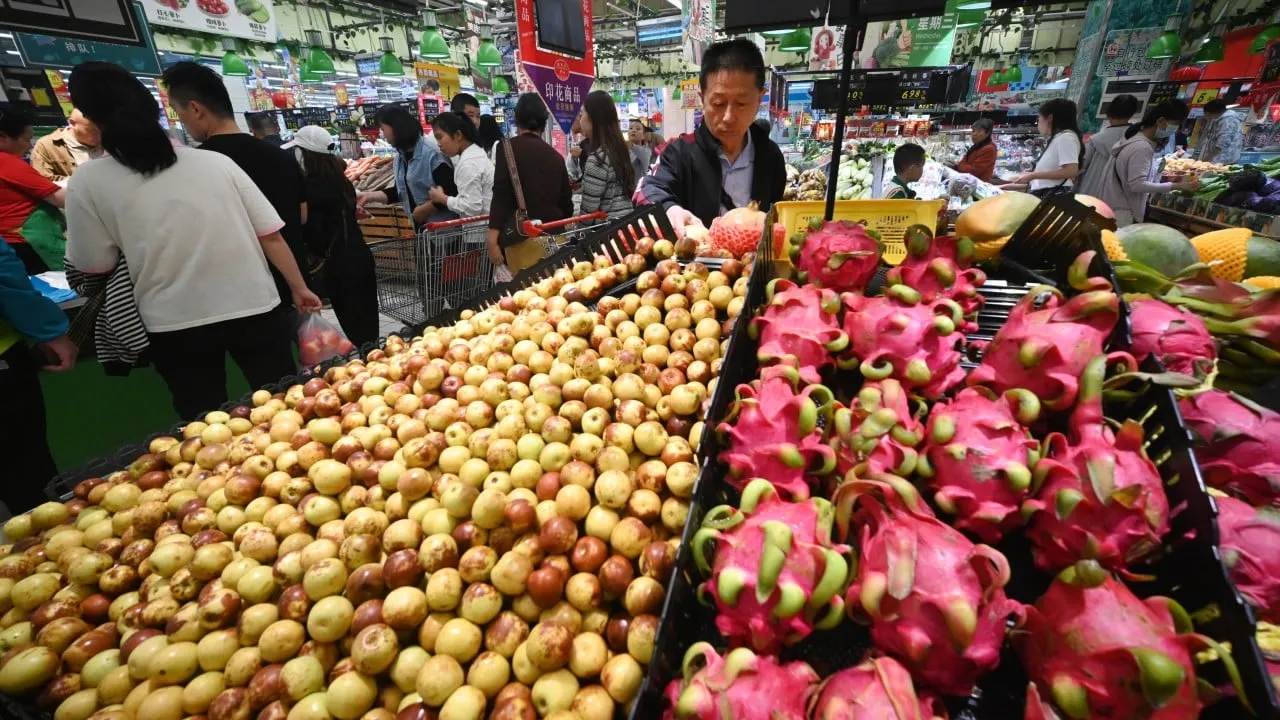Child Care and Tax Reform: A Solution to Beijing's Economic Growth Challenges

Income Tax Reforms for Economic Growth
Sheng Songcheng, a former chief of the statistics department at the People’s Bank of China, advocates for significant changes to the personal income tax system. He suggests raising the minimum tax threshold from 5,000 yuan (US$704) a month to 8,000 yuan, alongside cutting tax rates for lower-income groups. These adjustments aim to boost consumer spending, especially in crucial sectors like aged care and child care.
Importance of Consumer Spending
Sheng emphasizes that China’s consumption levels are substantially lower than other developed nations at similar GDP per capita. Currently, consumption constitutes only 55% of China’s economy, compared to 73% in countries like Germany and Japan. Increasing consumer expenditure could ensure a more robust economic recovery.
Challenges Ahead
Despite these positive measures, China faces significant hurdles. The recent GDP growth recorded was a modest 4.6% year-on-year, indicating sluggish economic activity. Meanwhile, the consumer price index hovers below 1%, exemplifying deflationary pressures that continue to suppress domestic demand.
Retail Sales Insights
In light of these challenges, there are glimmers of hope, as retail sales showed a slight increase of 0.39% in September. However, sustained efforts in tax reform and service spending are essential for long-term economic stability.
This article was prepared using information from open sources in accordance with the principles of Ethical Policy. The editorial team is not responsible for absolute accuracy, as it relies on data from the sources referenced.